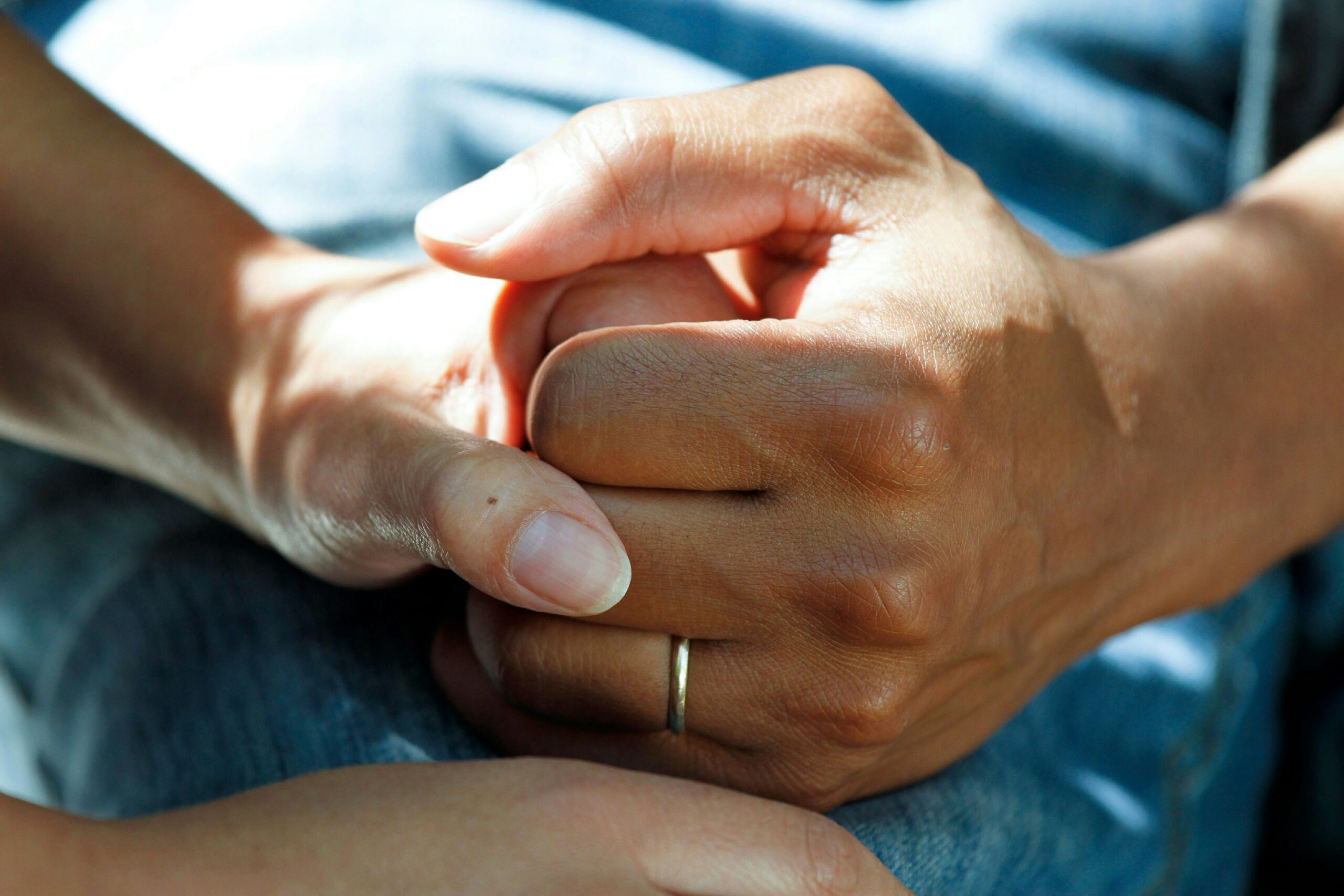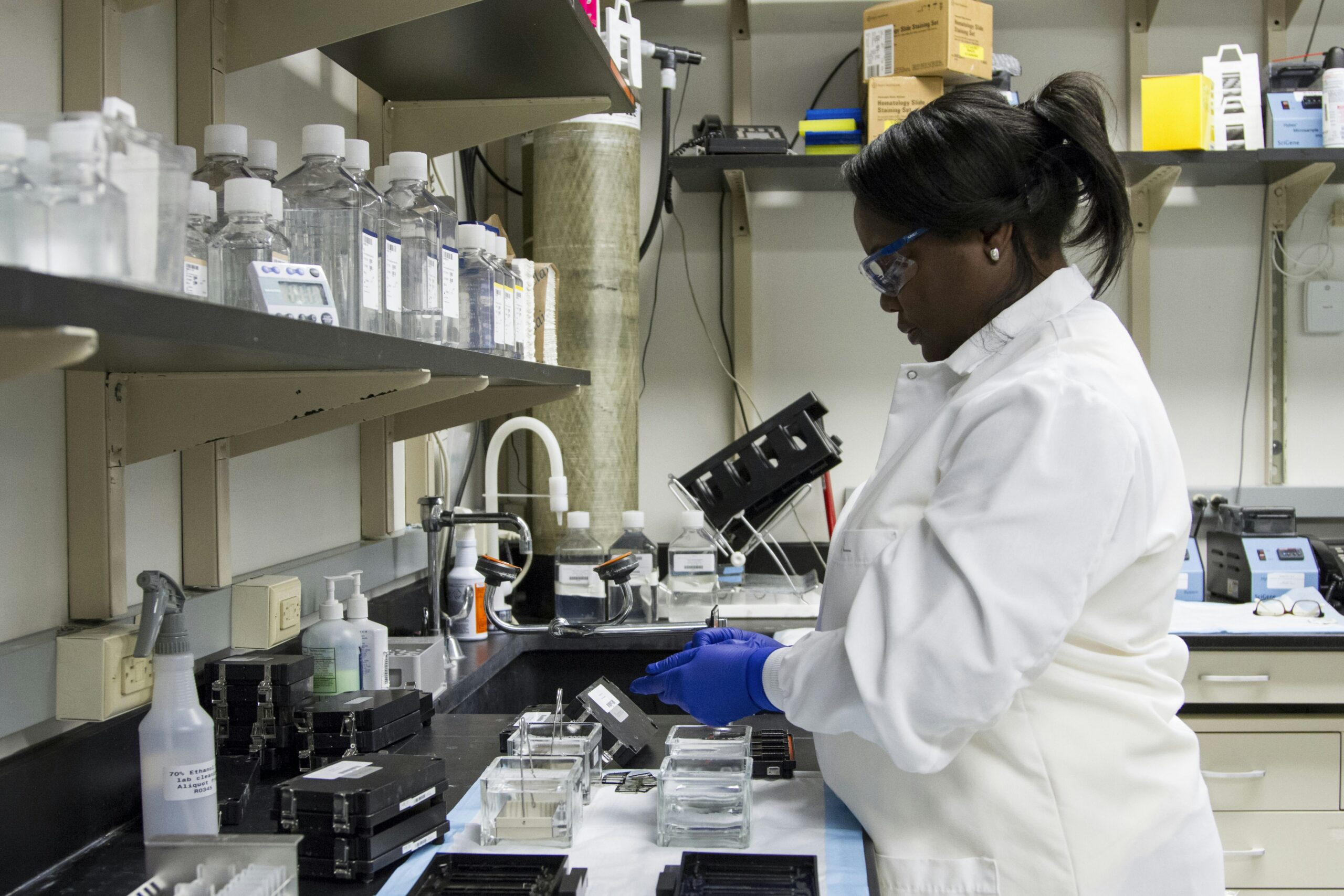Have you ever wondered what the common symptoms of prostate enlargement are? This question might arise if you or a loved one experiences discomfort or health issues that seem linked to the prostate.
Understanding these symptoms is important because it can lead to timely diagnosis and treatment, ultimately improving your quality of life. In this article, we'll take a closer look at what prostate enlargement is, its primary symptoms, and why it is a condition worth paying attention to.
Understanding the Prostate and Prostate Enlargement
What is the Prostate?
The prostate is a small gland, roughly the size of a walnut, situated below the bladder and in front of the rectum. Its primary function is to produce a fluid that nourishes and transports sperm during ejaculation. As you age, particularly after the age of 50, the prostate may begin to grow, leading to various health considerations.
What is Prostate Enlargement?
Prostate enlargement, medically known as benign prostatic hyperplasia (BPH), is a common condition as men get older. Although it's not cancerous, it can cause significant discomfort and inconvenience. BPH is characterized by the enlargement of the prostate gland, which can press against the urethra and affect urine flow.
Why Understanding the Symptoms Matters
Recognizing symptoms early on is crucial. Not only can early detection prevent complications, but it also allows for a wider range of treatment options. Ignoring symptoms could lead to further urinary problems or, in extreme cases, damage to the bladder or kidneys.

Common Symptoms of Prostate Enlargement
Frequent Urination
One of the most common symptoms you might notice is the increased frequency of urination. You may find yourself making frequent trips to the bathroom, day and night. This can disrupt your sleep and daily activities, impacting your overall well-being.
Urgent Need to Urinate
Alongside increased frequency, you might experience a sudden, strong urge to urinate. This urgency can be hard to control and may lead to near-accidents if you can't find a restroom quickly enough.
Weak Urinary Stream
As the prostate enlarges, it can squeeze the urethra, leading to a weaker urinary stream. You may notice that urination takes longer than usual or that the flow stops and starts or doesn't seem as forceful.
Difficulty Starting Urination
Starting urination can also become challenging. You may stand over the toilet waiting for the stream to start, which can be frustrating and time-consuming.
Incomplete Emptying of the Bladder
After urinating, you might feel like your bladder isn’t fully empty. This sensation can lead to more frequent bathroom visits due to the constant feeling of having to go, which may add discomfort and anxiety about being away from a restroom.
Dribbling at the End of Urination
Dribbling can occur at the end of urination, where a few extra drops continue after you feel you're done, leading to annoyance and sometimes embarrassment.
Painful Urination
In some cases, urination can become uncomfortable, with a burning sensation accompanying it. If you experience pain during urination, it could be a sign of inflammation or infection and should be addressed promptly.
Other Possible Symptoms
Beyond these more common symptoms, there are a few additional ones that can occur:
- Blood in Urine: Though less common, sometimes prostate issues can cause blood to appear in the urine, which needs immediate medical attention.
- UTIs: Recurrent urinary tract infections can occur due to incomplete bladder emptying and stagnant urine.
- Bladder Stones: These can develop if the bladder doesn't empty completely, leading to mineral buildup.

When to Seek Medical Attention
It's imperative you talk to a healthcare professional if you're experiencing any of these symptoms consistently. Delaying medical consultation can worsen the issues and cause more severe health complications.
Diagnosis
When you visit your doctor, they will perform a series of tests to confirm if your symptoms are due to BPH:
Medical History and Physical Examination
Your doctor will take a comprehensive medical history and conduct a physical examination, including a digital rectal exam (DRE) to feel the size of the prostate.
Urinalysis and Blood Tests
Tests such as urinalysis can help rule out infections or other kidney-related issues. A blood test for prostate-specific antigen (PSA) levels can also help identify problems with the prostate.
Imaging and Urine Flow Study
Imaging tests like ultrasounds or MRIs might be used to visualize the prostate and check its size. A urine flow study can measure the strength of your urine stream to help evaluate the severity of the condition.

Treatment Options
Once BPH is confirmed, several treatment pathways can be explored:
Lifestyle Changes
In mild cases, lifestyle modifications such as reducing fluid intake before bedtime, limiting caffeine and alcohol, or regular physical activity can help manage symptoms.
Medications
Medications, including alpha-blockers and 5-alpha-reductase inhibitors, may be prescribed to help relax the prostate muscles or shrink the prostate gland, respectively.
Minimally Invasive Procedures
If medications do not suffice, minimally invasive procedures like transurethral microwave thermotherapy (TUMT) or transurethral needle ablation (TUNA) can be considered.
Surgery
In more severe cases, surgical options such as transurethral resection of the prostate (TURP) may be necessary to remove part of the prostate tissue.
The Importance of Regular Check-Ups
Regular check-ups with your healthcare provider can catch BPH early, manage symptoms more effectively, and improve your quality of life. This is especially crucial as you age or if you have a family history of prostate issues.
Psychological and Emotional Support
Remember, it's not just physical symptoms that may need attention. Experiencing prostate problems can be emotionally taxing. Consider seeking support groups or counseling to help manage any stress or anxiety associated with your symptoms or treatment process.
Myths and Misconceptions
Understanding prostate enlargement also involves dispelling any myths or misconceptions that can create unnecessary fear or stigma:
BPH is Not Cancer
It’s important to recognize that benign prostatic hyperplasia is not cancer. While it might increase the size of the prostate, it does not directly lead to cancer. It's vital to separate these two conditions and understand their differences.
It’s Not Always a Part of Aging
While BPH is more common as you grow older, not every man will experience prostate enlargement. A healthy lifestyle and regular medical check-ups can contribute significantly to maintaining good prostate health.
All Symptoms Do Not Require Surgery
Squashing the myth that surgery is inevitable can ease the anxiety surrounding BPH. Many symptoms can be managed with medications or lifestyle changes without the need for surgical intervention.
Looking Ahead: Research and Developments
The medical field is consistently evolving, and so is the research on BPH. Advancements in understanding genetic predispositions and innovations in less invasive treatments continue to offer hope and better management options for the future.
Conclusion
Navigating the complexities of prostate enlargement can seem daunting, yet understanding the symptoms and treatment options empowers you to take control of your health. Regular communication with healthcare professionals and staying informed about new developments can help you manage symptoms effectively and maintain a good quality of life. Remember, early detection plays a crucial role, so staying proactive and attentive to your body’s signals is key.

